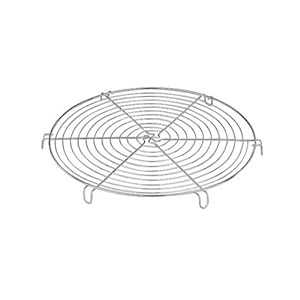Chris7687
Well-Known Member
Hey guys, so I made my 3rd AG BIAB batch last night and ran into a problem. My 1st batch I made I reached the strike water to 160 and poured my grain in, covered, and left it for 90 minutes; it sat at 157 the whole time! Didn't drop. 2nd batch I set the strike water to 157 and it sat at 154 the whole time. Both times it "mashed out" at 160, which I thought was the correct temp, but last night double checked and saw it was supposed to be at 170. So last night I set it for 155 (wanting the temp to be around 152, which is think is correct), poured it in and sat at 152 for 90 mins. Increased the temp to try and reach the 170 Mash Out, but while I stirred and watched the temp rise (which seemed to be forever) I started to hear a sizzle. I killed the burner and still heard it. Stirred really hard and it started to go away. It was the water in the 3" gap between my SS basket, which holds the grain bag, and the bottom of my kettle boiling! I know this could not be good for the grains and release of the tannins so I had to kill the whole mash out. Today, I was thinking; would it be alright to Mash In at the 150-158 temp for the 90 minutes, pull the grain basket out, raise the water to 174, then drop the basket back in for Mash Out at 170? Or do the grains need to be submerged the whole time and gradually be heated? Will the pull out at 150 and dropped back in at 175 shock the grains into releasing certain tannins? No mater how hard I tried stirring the 14 lbs of grain I could not get the heat to evenly disperse throughout the grain bed. Open to any and all ideas.



